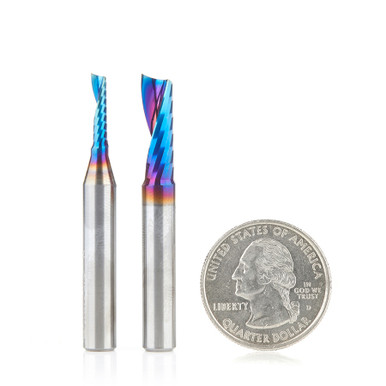My sister has some wagon wheels that she’d like to use as patio table tops. I’ll build the bases out of wood, but she’d like the circular tops to be transparent.
I have a pretty good circle-cutting jig for my bandsaw, and I’m thinking about cutting some 1/4” plexiglass or similar material with it to make table tops.
Has anyone tried this? Any suggestions regarding blade, technique, etc? Or maybe there is a better option?
Thanks!
Aaron
I have a pretty good circle-cutting jig for my bandsaw, and I’m thinking about cutting some 1/4” plexiglass or similar material with it to make table tops.
Has anyone tried this? Any suggestions regarding blade, technique, etc? Or maybe there is a better option?
Thanks!
Aaron


